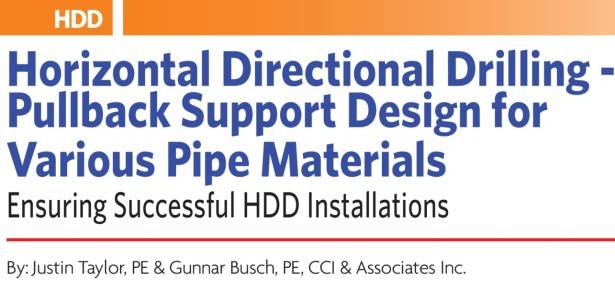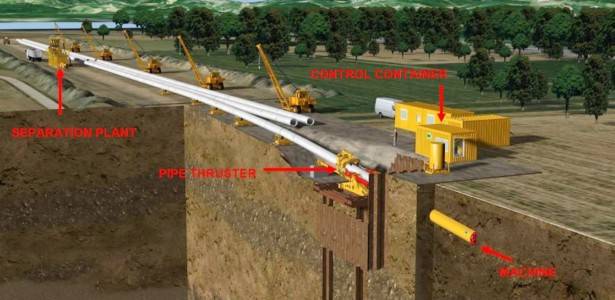Introduction
A major concern among third party owners when trenchless projects are constructed near their infrastructure is settlement. Settlement of the surface can have detrimental effects on roads, railways, buildings, pipelines or other facilities. In the past trenchless installation methods have been the preferred method of these third party owners to cross beneath their infrastructure because of the less intrusive nature of the construction. However, there have been growing concerns of settlement and damage from over excavation, and therefore detailed assessments and plans at the application stage have become a more common requirement, as well as including a plan for inspection or settlement monitoring in the field during construction.
Surface settlement during trenchless construction can occur in various ways. Systematic settlement occurs from normal construction practice. This type of settlement is generally small in magnitude and occurs over a consistent settlement trough extending perpendicular to the trenchless alignment. Collapse of the overcut or annular space in the long term, dissipation of the fluid used during construction leading to volume loss, and convergence of the borehole wall during construction due to excavation and support pressure imbalance are some of the causes of systematic settlement. Random or unplanned settlement is a more severe condition that can be much more detrimental. These types of settlements are unpredictable and can form sinkholes or large amounts of surface displacement at locations along the alignment that would be considered undesirable, at the very least, and in many cases dangerous.
Author
Stefan Goerz, M.Sc., P.Eng, P.E, CCI Inc.,



